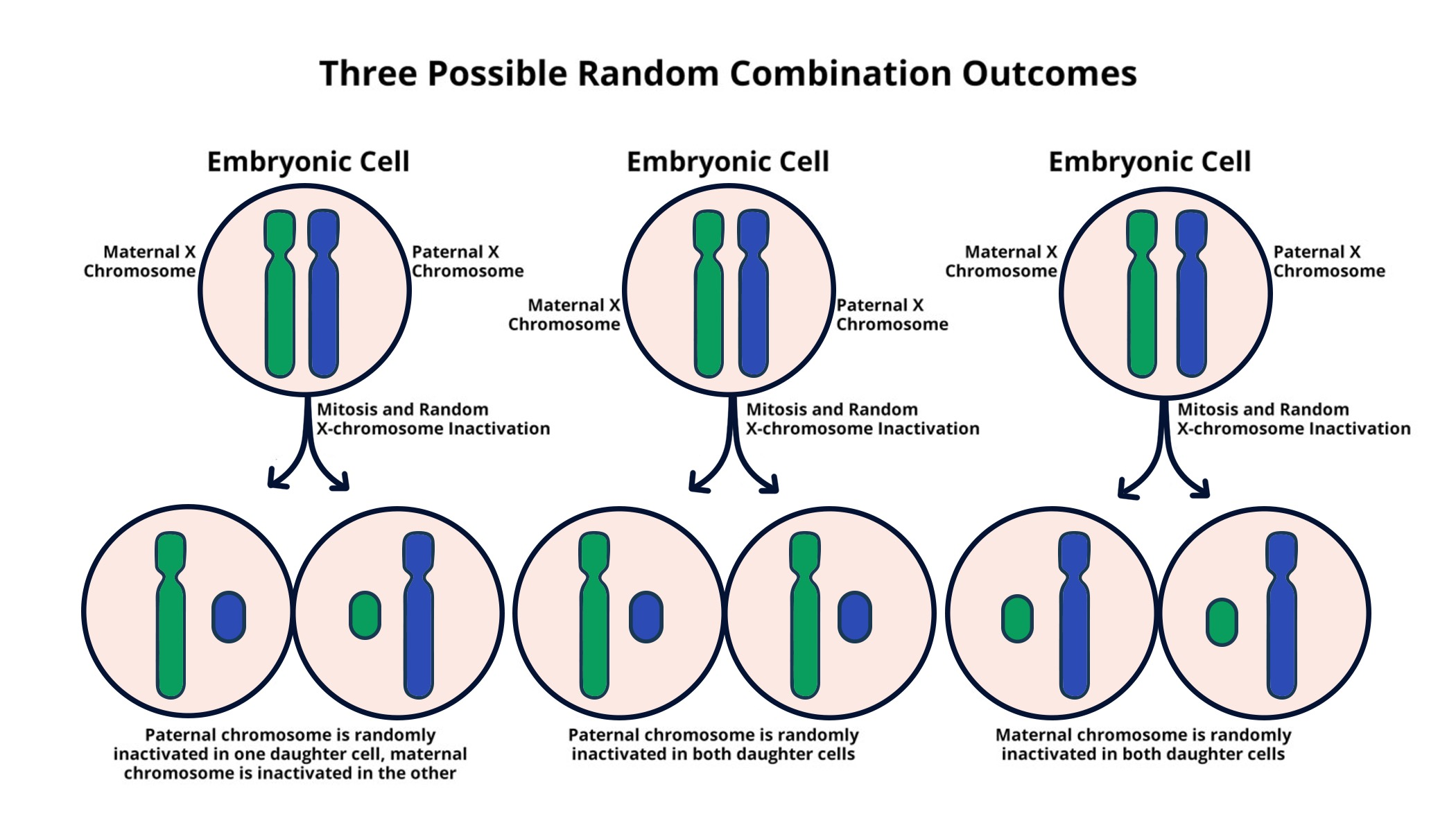
Gary Ruvkun MicroRNA Discovery: A Nobel Journey to 2024
The groundbreaking discovery of microRNA by Gary Ruvkun in the 1990s has changed the face of microRNA research forever. Initially, this significant development, which earned Ruvkun and his colleague Victor Ambros the 2024 Nobel Prize in Physiology or Medicine, faced skepticism from the evolutionary biology community. However, their work revealed a vital layer of gene regulation, primarily in C. elegans, that would eventually demonstrate relevance across various species, including humans. Supported predominantly by NIH funding, Ruvkun’s research sparked widespread interest in RNA’s role in gene regulation, leading to revolutionary advancements in RNA therapeutics. Today, microRNAs are recognized for their crucial involvement in translating genes into proteins, paving the way for innovative treatments for serious health conditions such as cancer and Alzheimer’s.
Gary Ruvkun’s pivotal contribution to the field of small RNA molecules, known more commonly as microRNAs, represents a critical turning point in genetic research. Back in the early 1990s, Ruvkun and his collaborator Victor Ambros uncovered the significant regulatory roles these tiny RNA strands play within cells, a breakthrough that would later earn them the Nobel Prize in 2024. Their initial findings, which highlighted gene expression control in the model organism C. elegans, have since revealed the universal significance of microRNAs in biology. With substantial backing from federal grants, Ruvkun’s work has propelled advancements in the understanding of gene regulation and the therapeutic potential of microRNAs in modern medicine. As research flourishes, the impact of these small molecules resonates across various fields, including cancer treatment and the development of new RNA-based therapies.
The Groundbreaking Discovery of MicroRNA by Gary Ruvkun
In the early 1990s, Gary Ruvkun and Victor Ambros made a profound contribution to the scientific field with their discovery of microRNA, which served as a pivotal moment in understanding gene regulation. At that time, Ruvkun was a relatively unknown figure in the world of genetics, and the significance of microRNA was not immediately appreciated. Their initial findings, published in the journal Cell in 1993, revealed how these tiny molecules played a crucial role in regulating gene expression, but this revelation was met with skepticism from the broader evolutionary biology community. It was not until years later that the monumental importance of microRNA began to unfold, piquing the interest of researchers worldwide, particularly those working in RNA research.
Today, Ruvkun’s work on microRNA is celebrated as foundational in cell and molecular biology, paving the way for subsequent breakthroughs in RNA therapeutics. As researchers delved deeper into the role of microRNA, a clearer picture emerged: these small RNA molecules are essential in a wide array of biological processes, from developmental biology to disease progression, including cancer and genetic disorders. MicroRNA research has now become an integral part of modern genetics, ultimately earning Ruvkun the Nobel Prize in Physiology or Medicine in 2024 for his groundbreaking contributions.
Impact of NIH Funding on MicroRNA Research
Federal funding, particularly from the National Institutes of Health (NIH), has played a critical role in the advancement of microRNA research. Gary Ruvkun himself has emphasized that a significant portion of his lab’s research, nearly 75%, has been supported by NIH grants, which provided vital resources to explore the complexities of RNA and its implications in gene regulation. The consistent investment from the government not only fueled his research pursuits but also facilitated an environment where innovative ideas could flourish. As Ruvkun notes, his lab operated on an annual funding of around $150,000, advocating that funding scientific research is not just sustainable but essential for fostering advancements in the biomedical field.
The implications of NIH funding stretch far beyond individual laboratories. It has been instrumental in transforming the U.S. into a biomedical powerhouse, capable of tackling some of the most pressing health issues globally. Breakthroughs from basic research have led to the emergence of biotech companies, such as Alnylam Pharmaceuticals, which specializes in RNA interference therapeutics, showing how initial funding for exploratory science can yield significant returns in both health outcomes and economic growth. The success stories exemplify the importance of investing in scientific exploration to drive innovation and improve public health.
The Evolution of Gene Regulation Research
The discovery of microRNA by Gary Ruvkun and his colleagues marked an evolution in our understanding of gene regulation. MicroRNAs, as small non-coding RNA molecules, have been found to play a crucial role in various biological processes, including the translation of genes into proteins. Their ability to regulate gene expression has changed the landscape of molecular biology and heralded a new era of research. This shift has allowed scientists to study the intricate networks of cellular pathways that these tiny molecules influence, broadening our comprehension of both normal physiological functions and disease mechanisms.
As microRNA research progressed, it became increasingly apparent that these molecules are integral to the underlying biology of numerous conditions, including heart disease, cancer, and neurodegenerative disorders like Alzheimer’s. This has spurred a surge in the development of RNA therapeutics aimed at manipulating microRNA processes to treat various ailments. Ruvkun’s impactful findings have fundamentally reshaped our approach to gene therapy and regenerative medicine, leading to a surge of interest and exploration in how microRNAs can be harnessed to develop novel treatment strategies.
From Basic Science to Clinical Applications
Gary Ruvkun’s journey from basic research to its clinical applications illustrates the vital connection between fundamental scientific discovery and tangible medical advancements. Ruvkun’s exploration of microRNA has not only unraveled the complexities of gene regulation but also paved the way for therapeutic strategies aimed at tackling major health challenges. As researchers began to understand the role of microRNAs in disease pathways, the potential for developing RNA-based therapies became apparent, leading to numerous clinical trials and new treatment modalities for patients across various diseases.
In recent years, the pharmaceutical industry has increasingly recognized the therapeutic potential of microRNAs. Companies like Alnylam Pharmaceuticals have emerged, focusing on RNA interference technologies that leverage the principles uncovered by Ruvkun and his contemporaries. This shift highlights the transition of microRNA research from the laboratory bench to the bedside, where innovative treatments derived from fundamental discoveries are now being actively pursued. This evolution underscores the importance of continued investment and support for basic research, as it often lays the groundwork for revolutionary medical breakthroughs.
Challenges and Opportunities in RNA Research
Despite the significant advancements made in microRNA research, challenges remain in the field of RNA science. One major hurdle is the need for further funding and resources to explore the full therapeutic potential of microRNAs. Gary Ruvkun has expressed concerns about the looming cuts to federal funding, which could jeopardize ongoing research efforts and deter the pursuit of new scientific talent. Without adequate support, young scientists might be driven away from the field, diminishing the advancement of RNA therapeutics and innovative approaches to gene regulation.
However, these challenges also present opportunities for innovation and collaboration within the scientific community. By fostering a collaborative environment and supporting interdisciplinary research, scientists can continue to explore the complexities of microRNAs and their implications for human health. Moving forward, establishing partnerships between academia, government, and the biotechnology industry will be crucial for advancing RNA research and ensuring that the foundational discoveries, like those made by Gary Ruvkun, continue to shape the future of medicine.
Recognizing the Pioneers of MicroRNA Discovery
As the field of microRNA research continues to grow, it is vital to recognize the contributions of pioneering scientists like Gary Ruvkun and Victor Ambros, whose early work laid the groundwork for this vibrant area of study. Their initial discovery in 1992, which was met with skepticism, ultimately turned into a revelation that challenged existing paradigms in gene regulation. As their findings sparked a wave of interest within the scientific community, it became evident that microRNAs hold the key to understanding various biological and pathological processes, significantly expanding the horizons of molecular biology.
Honoring such contributions, particularly with accolades like the Nobel Prize, brings attention to the importance of investing in basic science while also inspiring future generations of researchers. Elevating the visibility of these pioneers not only celebrates their achievements but also reinforces the critical role of sustained scientific inquiry in making transformative discoveries. As new researchers continue to build upon Ruvkun’s legacy, the future of microRNA research appears bright, promising new insights into the regulation of life itself.
The Future of RNA Therapeutics and Gene Regulation
Looking ahead, the potential for RNA therapeutics in clinical applications is immense. Building on the discoveries by Gary Ruvkun, the research community is increasingly optimistic about the therapeutic efficacy of microRNA-based interventions. The ongoing clinical trials targeting various diseases such as cancer, heart disease, and neurological disorders underscore the promise of harnessing the natural regulatory roles of microRNAs to develop safe and effective treatments. As our understanding of gene regulation deepens, the integration of microRNA mechanisms into therapeutic strategies will likely play a central role in future medical advancements.
Furthermore, as biotechnological tools and methodologies evolve, the landscape for exploring RNA therapeutics is set to expand significantly. Innovations in RNA delivery systems, computational biology, and genome editing techniques exhibit a potential for groundbreaking advancements in gene therapy approaches. In the coming years, researchers are likely to leverage these advancements to investigate novel pathways of microRNA action and develop highly targeted therapeutic modalities. A continued commitment to funding and collaborative research will ensure that the future of RNA therapeutics remains vibrant and impactful in reshaping healthcare.
The Global Impact of MicroRNA Research
The implications of microRNA research extend far beyond the confines of the laboratory, having a pronounced global impact on health and medicine. By unlocking the mechanisms behind gene regulation, researchers have been able to identify targets for innovative therapies to combat widespread diseases. Gary Ruvkun’s work has been instrumental in highlighting the role of microRNAs within various biological processes, revealing how these tiny molecules can have large effects on health and disease. As research continues to unfold, it is becoming clearer that microRNAs are not merely genetic curiosities, but rather essential players in the grand theater of life.
Moreover, the global hunger for effective therapies for conditions like cancer and genetic diseases has prompted significant interest and investment in microRNA research. Countries worldwide are prioritizing biotechnology and genomics, leading to enhanced collaboration and knowledge sharing across borders. In this interconnected research landscape, scientific discoveries pave the way for healthcare innovations that resonate with patients and healthcare professionals alike. The collective efforts stemming from microRNA research will undoubtedly continue to yield breakthroughs that have profound impacts on public health on a global scale.
Gary Ruvkun and the Legacy of MicroRNA Research
As Gary Ruvkun reflects on his journey from the initial discovery of microRNA to receiving the Nobel Prize in 2024, it is clear that his legacy extends beyond his individual accomplishments. His work has inspired a generation of scientists who are now delving deeper into the complexities of RNA biology. The ripple effect of Ruvkun’s research is visible in laboratories and hospitals worldwide, where the principles of microRNA are guiding new discoveries in gene therapy and personalized medicine. His commitment to scientific integrity and exploration serves as a powerful reminder of the impact that dedicated scientists can have on society.
Ruvkun’s influence in the field of genetics is profound, and his contributions provide a framework for future research. His advocacy for continued investment in scientific inquiry underscores the necessity of federal funding to sustain groundbreaking explorations that yield clinical relevance. As scientists build upon his pioneering discoveries, the microRNA domain will likely illuminate new paths forward in understanding genetic diseases, ultimately benefiting patients and enhancing the quality of healthcare globally. Ruvkun’s story is a testament to the power of perseverance and imagination in science.
Frequently Asked Questions
What is Gary Ruvkun’s significance in microRNA research?
Gary Ruvkun is a pioneer in microRNA research, having discovered these small RNA molecules in 1992, which play a crucial role in gene regulation. His groundbreaking work has significantly advanced our understanding of molecular biology and earned him the Nobel Prize in Physiology or Medicine in 2024.
How did Gary Ruvkun’s microRNA discovery impact gene regulation?
The discovery of microRNAs by Gary Ruvkun and Victor Ambros revealed a new layer of gene regulation in organisms, particularly through their role in controlling gene expression and protein production. This foundational research has important implications across various fields, including medicine and biotechnology.
What was the process leading to the Nobel Prize for Gary Ruvkun in 2024?
Gary Ruvkun’s decades-long journey in microRNA research culminated in winning the 2024 Nobel Prize in Physiology or Medicine. His initial work in the 1990s gradually garnered attention from the scientific community, leading to the recognition of microRNAs as vital components in gene regulation and human health.
How has NIH funding contributed to Gary Ruvkun’s research on microRNAs?
NIH funding has been instrumental in supporting Gary Ruvkun’s microRNA research. Over the past 40 years, about three-quarters of his lab’s research has been federally funded, enabling significant breakthroughs in understanding gene regulation and the potential for RNA therapeutics.
What are the potential therapeutic applications of microRNA research?
MicroRNA research, spearheaded by scientists like Gary Ruvkun, is paving the way for RNA therapeutics to treat various diseases, including cancer, heart disease, and Alzheimer’s. Many therapies based on microRNA are currently in clinical trials, highlighting the promising future of RNA-based treatments.
Why is Gary Ruvkun’s discovery of microRNA considered revolutionary?
The discovery of microRNA is regarded as revolutionary because it unveiled a previously unknown mechanism of gene regulation, fundamentally altering the understanding of molecular biology. It highlighted the importance of small RNA molecules in diverse biological processes across species, including humans.
What challenges does Gary Ruvkun see for future microRNA research?
Gary Ruvkun expresses concern over potential cuts to federal funding for scientific research, fearing it could hinder future discoveries in microRNA research and limit opportunities for young scientists. He emphasizes the importance of sustained investment in basic research to drive innovation and maintain the U.S.’s leadership in science.
| Key Point | Details |
|---|---|
| Discovery of microRNA | In 1992, Gary Ruvkun and Victor Ambros discovered microRNA in C. elegans roundworm, revealing new levels of gene regulation. |
| Initial Public & Community Reaction | The discovery did not initially impress the evolutionary biology community, and their work attracted attention mainly from NIH-funded RNA researchers. |
| Growing Interest in Research | As microRNA research expanded, the field saw significant interest; RNA meetings began to attract larger audiences. |
| Significance of microRNAs | MicroRNAs are essential for organism development and function, regulating up to 1,000 of the human genome’s protein-producing genes. |
| Applications in Medicine | MicroRNA-based therapies are being explored in clinical trials for various diseases, including cancer and Alzheimer’s. |
| Funding and Support | Approximately 75% of Ruvkun’s lab has been NIH-funded, highlighting the importance of federal grants in scientific research. |
| Impact on Biotechnology | Ruvkun’s research has influenced the growth of biotech firms, such as Alnylam, significant in the RNA therapeutic space. |
| Concerns for Future Research | Ruvkun warns of potential setbacks in research due to cuts in federal funding, which could lead to brain drain from the U.S. |
Summary
Gary Ruvkun microRNA discovery is a pivotal contribution to genetic research that continues to shape our understanding of gene regulation. Over three decades after its initial unveiling, microRNAs are recognized as fundamental players in gene expression and therapeutic applications. Ruvkun’s journey highlights the evolving landscape of scientific inquiry, demonstrating how sustained research funding and collaboration have transformed a humble discovery into a cornerstone of modern biology.


